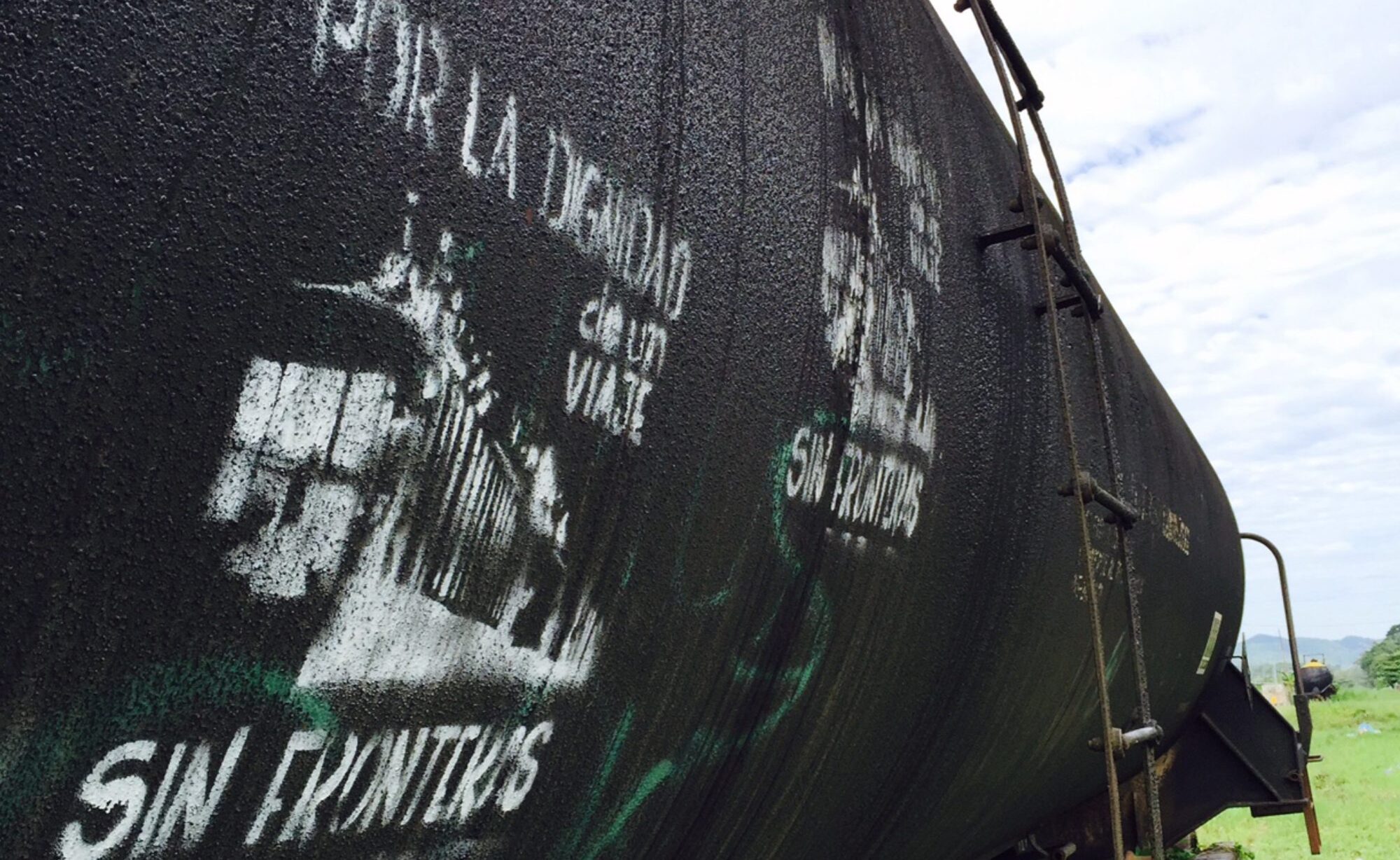When an exodus of Central American children occurred this summer, the U.S. media focused on the arrival of more than 60,000 children in Nogales, Arizona, and McAllen, Texas, where the Department of Homeland Security detained thousands of kids in warehouses and Air Force bases. Border hawks were quick to pontificate about the porosity of the U.S.-Mexico divide, perhaps fetishizing a new Berlin Wall, armed with guards with shoot-to-kill orders. Never mind that parts of the U.S. southern international boundary already have massive walls where its guards have shot and killed across the line. What most coverage has ignored, though, is that only one part of the border battle with the refugee children is happening at the U.S. border. Thousands of miles to the south, the Mexican government is taking action to prevent migrants from moving north, essentially performing the tasks of the U.S. Border Patrol.
The U.S. border enforcement apparatus has thus been extended south, in what Border Patrol chief Mike Fisher calls a “layered approach.” As he says, according to the 2012–2016 Border Patrol strategy, “the U.S.-Mexico border is our last line of defense.” Now undocumented Central American border crossers confront such a layer in southern Mexico, 1,000 miles before touching U.S. soil.
Since July, there has been a surge of Mexican immigration agents, federal police and military — with a gauntlet of roadside checkpoints and sophisticated surveillance equipment at their disposal — in an enforcement belt that goes hundreds of miles into Mexico’s interior. “Subordination,” said Miguel Angel Paz of the Mexican immigration rights organization Voces Mesoamericanas, “is part of the relationship Mexico has with the United States.” The U.S. border enforcement regime has gone beyond policing the U.S.-Mexico divide to patrolling south to Central America, targeting the men, women and children seeking refuge in the north.
Read the rest on Al Jazeera: http://america.aljazeera.com/opinions/2014/10/mexico-us-borderpatrolsecurityimmigrants.html
